Topic animals in the rainforest ecosystem: Explore the vibrant world of the rainforest ecosystem, where a myriad of animals thrive in lush, dynamic habitats, offering a glimpse into Earth"s unparalleled biodiversity.
Table of Content
- What are some examples of animals in the rainforest ecosystem?
- Overview of Rainforest Ecosystems
- Key Animal Species in Rainforests
- Diversity of Rainforest Animals: Mammals, Birds, Reptiles, and Amphibians
- Adaptations of Animals to Rainforest Life
- The Importance of Predators and Their Role
- Endangered Species and Conservation Efforts
- YOUTUBE: Rainforests 101
- Interaction Between Flora and Fauna
- Impact of Human Activities on Rainforest Animals
- Ecological Importance of Rainforest Animals
- Efforts to Protect Rainforest Habitats and Their Inhabitants
What are some examples of animals in the rainforest ecosystem?
Some examples of animals in the rainforest ecosystem are:
- Sloths
- Tapirs
- Jaguars
- Ocelots
- Kinkajous
- Lemurs
- Agouti
- Mountain Gorilla
- Blue Morpho Butterfly
- Okapi
READ MORE:
Overview of Rainforest Ecosystems
Rainforests are among the most vital and complex ecosystems on Earth, characterized by high rainfall, dense canopies, and a diverse array of flora and fauna. They play a crucial role in regulating global climate patterns and house a significant portion of the world"s biodiversity. Rainforests are typically divided into four main layers: the emergent layer, the canopy, the understory, and the forest floor, each hosting unique species adapted to their specific environment.
- Emergent Layer: This topmost layer features the tallest trees that reach heights of up to 200 feet, providing habitat for birds, insects, and arboreal mammals.
- Canopy: The dense canopy layer is home to the majority of rainforest species, offering abundant food and shelter.
- Understory: A shaded, humid area below the canopy, the understory is where you"ll find a variety of smaller trees and plants, along with animals adapted to lower light conditions.
- Forest Floor: The ground layer, rich in decomposing plant and animal matter, supports fungi, insects, and detritivores essential for nutrient recycling.
Rainforests are found across the world in both tropical and temperate regions, with the largest expanses located in the Amazon Basin, Central Africa, and Southeast Asia. Their preservation is critical for sustaining ecological balance, protecting wildlife, and maintaining the health of our planet.
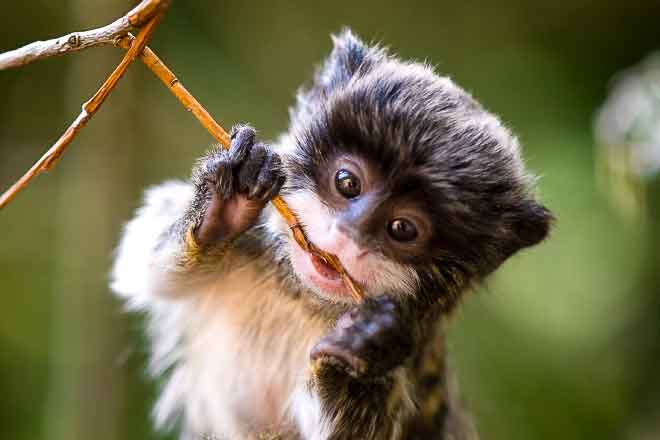
Key Animal Species in Rainforests
Rainforests are a sanctuary for an astonishing variety of animal species, each playing an essential role in the ecosystem"s balance. From the mighty jaguars that roam the Amazon to the unique birds-of-paradise in New Guinea, these environments are teeming with life. Below are some of the key animal species that symbolize the diversity and complexity of rainforest ecosystems.
- Jaguars: Apex predators in the Amazon rainforest, jaguars are vital for maintaining the balance of the ecosystem by controlling other species" populations.
- Sloths: These slow-moving mammals are found in the canopies of Central and South American rainforests, where they feed on leaves, shoots, and fruit.
- Orangutans: Native to the rainforests of Borneo and Sumatra, orangutans are highly intelligent primates that spend most of their lives in trees.
- Parrots: Known for their vivid colors and vocal abilities, parrots are a common sight in rainforests around the world, playing a role in seed dispersal.
- Anacondas: The Amazon rainforest is home to these massive snakes, which are among the largest in the world, living in rivers and swamps.
- Poison Dart Frogs: Found in Central and South American rainforests, these brightly colored frogs are known for the potent toxins they produce.
- Butterflies: Rainforests are home to thousands of butterfly species, with their diversity adding to the ecosystem"s vibrancy and function as pollinators.
These species, among many others, form a complex web of life that sustains the rainforest ecosystem. Protecting these animals and their habitats is crucial for preserving the biodiversity and ecological services rainforests provide.
Diversity of Rainforest Animals: Mammals, Birds, Reptiles, and Amphibians
The rainforest ecosystem boasts an unparalleled diversity of life, with mammals, birds, reptiles, and amphibians coexisting in a complex, interconnected web. Each group contributes uniquely to the ecosystem"s health and vitality, showcasing the richness of rainforest biodiversity.
- Mammals: Rainforests are home to a vast array of mammals, from the insect-eating bats that pollinate plants to the large primates like gorillas and chimpanzees that play crucial roles in their habitats. These mammals vary in size, diet, and behavior, each adapted to life in the dense forest.
- Birds: The avian population in rainforests is vibrant and diverse, including everything from tiny hummingbirds to large parrots and eagles. Birds are essential for pollination and seed dispersal, aiding in forest regeneration and the spread of plant species.
- Reptiles: Rainforests provide a habitat for a wide range of reptiles, such as snakes, lizards, and crocodiles. These cold-blooded creatures are often found basking in sunlight or hunting in the undergrowth, playing vital roles as both predators and prey.
- Amphibians: Amphibians, including frogs, toads, and salamanders, are abundant in rainforest ecosystems. They are particularly sensitive to environmental changes, making them important indicators of ecosystem health.
This diverse array of animals contributes to the ecological balance of rainforests, participating in processes like pollination, seed dispersal, and the food web. The survival of rainforest ecosystems is intricately linked to the health and diversity of its animal inhabitants.
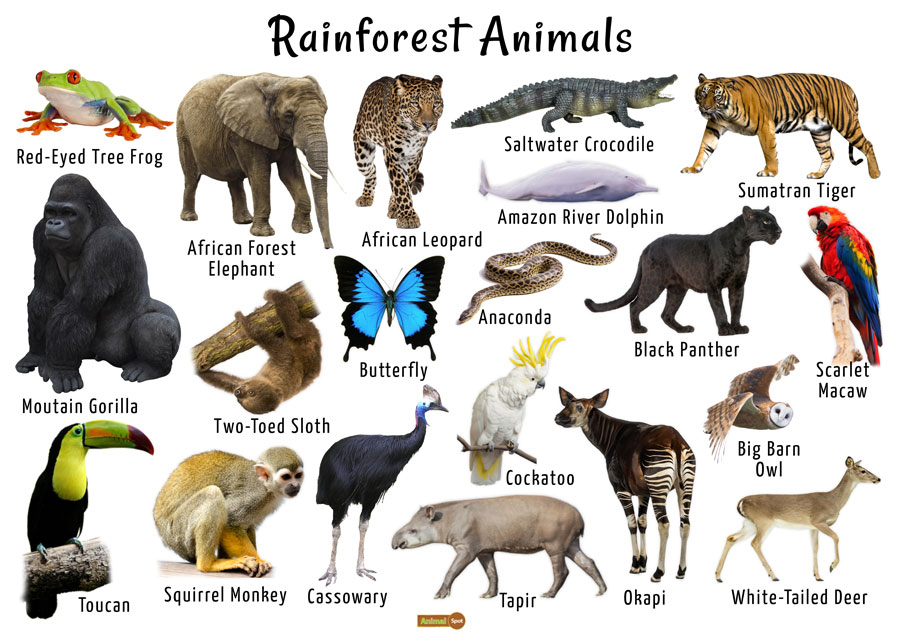
Adaptations of Animals to Rainforest Life
Animals in the rainforest have evolved a myriad of adaptations to thrive in the unique and challenging conditions of their environment. These adaptations allow them to exploit various niches, avoid predators, and secure food in the competitive rainforest ecosystem.
- Camouflage: Many rainforest animals have developed camouflaged coloring that helps them blend into the forest foliage to avoid predators or ambush prey. For example, leaf-mimic katydids resemble leaves, making them nearly invisible on tree branches.
- Arboreal Living: With dense canopies forming the primary living space, many species have become adept climbers or have developed structures to aid in arboreal life. Monkeys, for instance, often have prehensile tails to grasp branches, while some snakes use their body flexibility to move among the trees.
- Nocturnal Habits: To avoid daytime predators and competition, numerous rainforest animals are nocturnal. Owls, night monkeys, and some cats have special adaptations like enhanced night vision and silent flight or movement to live and hunt in the dark.
- Dietary Adaptations: The diverse plant life supports a wide range of dietary adaptations. Some animals, like the toucan with its large bill, are adapted to eating specific types of fruit, while others, such as certain insects, digest tough plant materials not consumed by other species.
- Communication: In the dense rainforest, where visibility is often limited, many animals have developed unique ways of communicating. Birds and frogs may have loud calls to establish territory or find mates, while others might use visual signals or even chemical cues to communicate.
- Reproductive Strategies: Reproductive adaptations ensure the continuation of species. For example, many amphibians lay their eggs in water-filled bromeliads to protect them from predators, while certain birds nest high in the canopy to avoid ground-based threats.
These adaptations are crucial for the survival of rainforest animals, allowing them to navigate the complexities of rainforest life and maintain the delicate balance of these rich ecosystems.
The Importance of Predators and Their Role
Predators play a critical role in maintaining the health and balance of rainforest ecosystems. By controlling the population of other animals, they prevent overgrazing and ensure that plant communities remain diverse and robust. Predators also help in disease control by removing sick and weaker individuals from the population, which can prevent the spread of illness.
- Population Control: Predators keep the population of herbivores in check, which helps to maintain the balance between plant eaters and the vegetation upon which they feed. This balance is crucial for the health of the rainforest ecosystem.
- Disease Regulation: By preying on the weakest members of a population, predators help to cull diseased or genetically inferior individuals, reducing the likelihood of disease outbreaks.
- Encouraging Biodiversity: Predators encourage biodiversity by preventing any single species from dominating the ecosystem. Their presence ensures that no single prey population grows too large and outcompetes others, promoting a variety of life forms.
- Top-down Regulation: This ecological concept describes how predators at the top of the food chain influence the structure and population dynamics of the ecosystem below them. Their hunting practices affect the distribution and numbers of other species, shaping the entire ecosystem.
Iconic rainforest predators include jaguars, pythons, and eagles, each of which contributes to the ecosystem in unique ways. Their survival is paramount to the continued health and diversity of rainforest environments around the world.
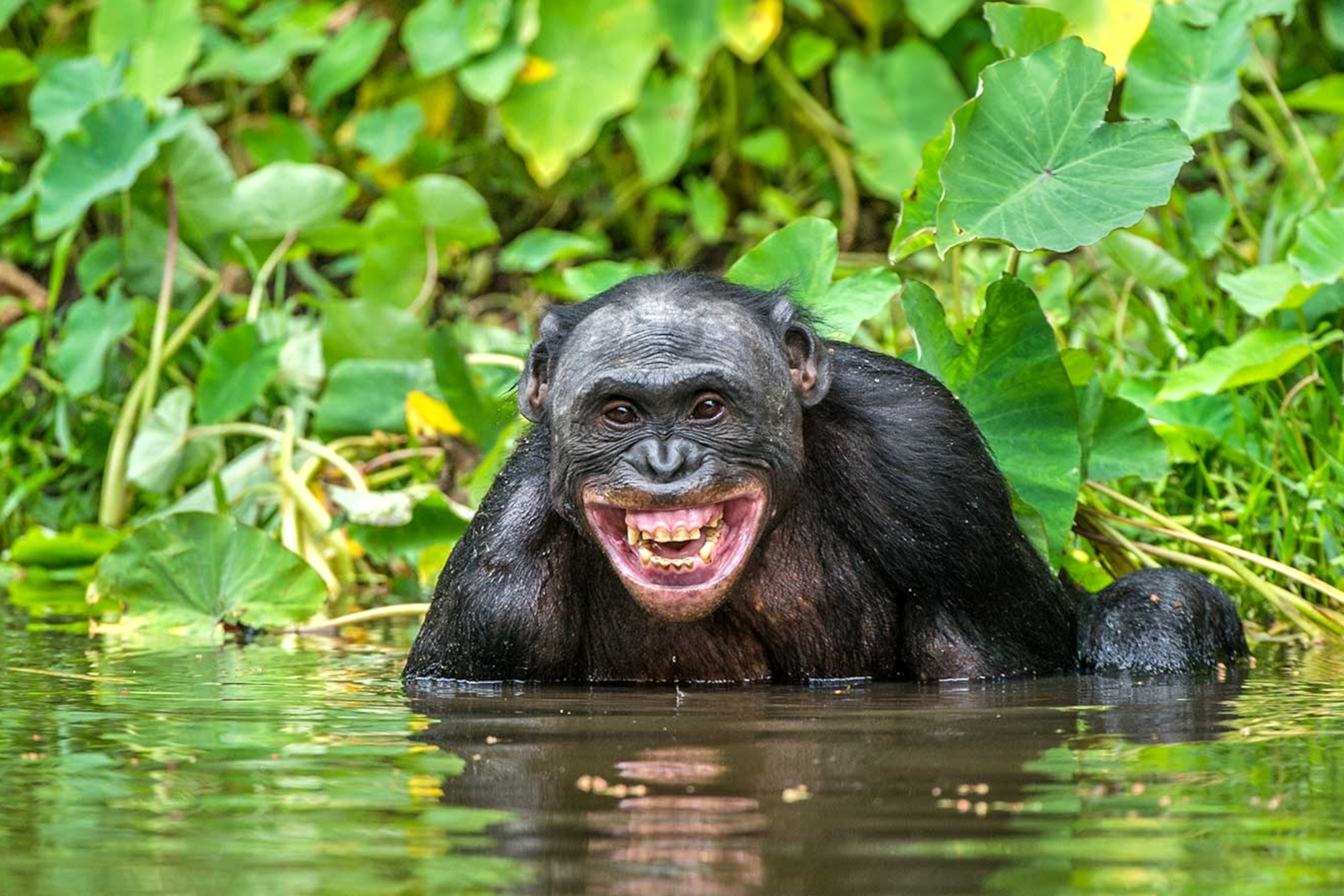
Endangered Species and Conservation Efforts
Rainforests around the world are home to many species that are currently endangered. Human activities such as deforestation, mining, and agriculture are the primary threats to these habitats. Conservation efforts are crucial to protect these vulnerable species and their ecosystems. Through a combination of protected areas, wildlife sanctuaries, and international cooperation, we can work towards the preservation of these irreplaceable resources.
- Protected Areas: Establishing and enforcing protected areas and national parks is one of the most effective ways to conserve wildlife habitats. These areas provide a sanctuary where animals can live freely, away from the pressures of habitat destruction and hunting.
- Wildlife Sanctuaries: Wildlife sanctuaries and rehabilitation centers help to rescue, rehabilitate, and release injured, orphaned, or endangered animals back into the wild, while also providing an opportunity for education and research.
- International Cooperation: Conservation is a global effort that requires the cooperation of countries around the world. International agreements and partnerships, such as the Convention on International Trade in Endangered Species (CITES), aim to prevent species extinction and illegal wildlife trade.
- Community Involvement: Engaging local communities in conservation efforts is vital. Education and sustainable development programs can help communities live in harmony with their natural surroundings, reducing the impact on wildlife and their habitats.
- Research and Monitoring: Ongoing research and monitoring are necessary to understand wildlife needs and threats. Data collected from these activities help to inform conservation strategies and adjust them as needed to ensure their effectiveness.
The plight of endangered species in rainforests highlights the urgent need for conservation efforts. By supporting these initiatives, we can help to ensure a future where rainforests continue to thrive and support the rich diversity of life they are known for.
Rainforests 101
Get ready to embark on an incredible adventure through the animal kingdom! This captivating video showcases the beauty and wonder of animals from around the world. Join us as we discover their extraordinary behaviors, breathtaking habitats, and heartwarming interactions. Don\'t miss this opportunity to learn and be amazed by the fascinating world of animals!
Rainforests for Kids | Learn about the two types of rainforests
Looking for a fun and educational video that will keep your kids entertained for hours? Look no further! Our video is packed with interactive learning activities, colorful animations, and engaging storytelling that will captivate young minds. Join us as we explore exciting topics that will spark curiosity and inspire imagination in children. Learning has never been this much fun!
Interaction Between Flora and Fauna
The rainforest ecosystem is a complex web of interactions between flora (plants) and fauna (animals), each depending on the other for survival. These interactions are crucial for the pollination of plants, the spread of seeds, and the maintenance of both plant and animal populations. Understanding these relationships is key to appreciating the balance and biodiversity of rainforests.
- Pollination: Many rainforest animals, including birds, bats, and insects, play a vital role in the pollination of flowers. Their movements from plant to plant carrying pollen helps to ensure the reproduction of hundreds of plant species.
- Seed Dispersal: Animals such as monkeys, birds, and even fish contribute to seed dispersal. By eating fruit and excreting seeds far from the parent plant, they help in the spread of plant species, ensuring forest regeneration and diversity.
- Herbivory: The feeding habits of herbivorous animals help to shape the structure of the forest. By eating plants, these animals can control plant populations, which in turn influences which plant species dominate the environment.
- Mutualism: Some plants and animals form mutualistic relationships, where both parties benefit. For example, certain ant species protect plants from herbivores in exchange for shelter and food.
- Decomposition: Decomposers, such as fungi and insects, break down dead plant and animal matter, returning nutrients to the soil and supporting new plant growth. This process is essential for the nutrient cycle of the rainforest.
These interactions between flora and fauna highlight the interconnectedness of the rainforest ecosystem. Protecting these relationships is crucial for the health of the rainforest and the planet as a whole.

Impact of Human Activities on Rainforest Animals
Human activities have had a profound impact on rainforest ecosystems, significantly affecting the animals that call these habitats home. Deforestation, climate change, hunting, and habitat fragmentation are among the leading threats that have disrupted the delicate balance of rainforest ecosystems, leading to a decline in biodiversity and the endangerment of numerous species.
- Deforestation: The clearing of forests for agriculture, logging, and development reduces the available habitat for rainforest animals, limiting their living spaces and food resources.
- Climate Change: Global warming affects rainfall patterns and temperatures, altering the delicate ecosystems of rainforests and putting additional stress on the animals that inhabit them.
- Hunting and Poaching: The illegal hunting and poaching of rainforest animals for food, sport, and trade in wildlife products have led to significant declines in some species, pushing many towards extinction.
- Habitat Fragmentation: The division of the rainforest into smaller, isolated fragments due to human infrastructure development impedes animal movement and genetic exchange between populations, leading to decreased biodiversity.
- Pollution: Pollution from mining, oil extraction, and agriculture introduces toxins into rainforest waters and soils, adversely affecting both plant and animal life.
- Invasive Species: The introduction of non-native species can disrupt the natural balance of rainforest ecosystems, outcompeting, preying on, or bringing diseases to native species.
The impact of human activities on rainforest animals highlights the urgent need for sustainable practices and conservation efforts to protect these irreplaceable ecosystems and the diversity of life they support.
Ecological Importance of Rainforest Animals
Rainforest animals play essential roles in maintaining the ecological balance of their environments, contributing to the health and sustainability of the planet"s most biodiverse ecosystems. Their activities support pollination, seed dispersal, and the maintenance of plant and animal populations, among other ecological functions.
- Pollination: Many rainforest animals, including birds, bats, and insects, are crucial pollinators for a multitude of plant species, ensuring plant reproduction and the continuation of forest growth.
- Seed Dispersal: Animals such as primates, birds, and even fish consume fruit and transport seeds away from the parent plant, aiding in forest regeneration and the spread of vegetation.
- Predator-Prey Dynamics: The complex predator-prey relationships in rainforests help to regulate populations, maintain healthy animal communities, and prevent any one species from overwhelming the ecosystem.
- Nutrient Cycling: Decomposers and detritivores, including insects and fungi, break down dead organic matter, returning vital nutrients to the soil and supporting plant growth.
- Habitat Creation: The activities of some animals, such as the digging of armadillos or the nesting habits of birds, create microhabitats that can be utilized by other species, increasing habitat diversity.
The ecological importance of rainforest animals extends beyond the boundaries of their habitats, influencing global biodiversity, climate regulation, and even human well-being through the services these ecosystems provide. Protecting rainforest animals and their habitats is therefore crucial for preserving our planet"s health and ecological diversity.

READ MORE:
Efforts to Protect Rainforest Habitats and Their Inhabitants
Preserving rainforest habitats and their inhabitants is critical for maintaining biodiversity, combating climate change, and protecting the myriad of life forms that depend on these ecosystems. A variety of strategies and efforts are being implemented worldwide to safeguard these vital areas.
- Establishment of Protected Areas: Governments and conservation organizations are working to designate more rainforests as protected areas or national parks, where deforestation, hunting, and other harmful activities are restricted.
- Community-Based Conservation: Empowering local communities to manage their natural resources sustainably has proven effective in protecting rainforest habitats. These programs often include education, sustainable development practices, and eco-tourism.
- Reforestation and Restoration Projects: Initiatives to restore degraded rainforest areas are crucial for regaining lost biodiversity. Planting native trees and plants helps to rebuild habitats for rainforest animals.
- Wildlife Corridors: Establishing wildlife corridors between isolated forest fragments allows animals to move safely between areas, promoting genetic diversity and strengthening populations.
- Legislation and International Agreements: Laws and treaties, such as the Convention on Biological Diversity (CBD), aim to protect biodiversity by encouraging sustainable development and conservation efforts.
- Education and Awareness: Raising awareness about the importance of rainforests and the threats they face is critical for building support for conservation efforts. Educational campaigns target both local communities and the international community.
- Research and Monitoring: Ongoing scientific research and monitoring of rainforest ecosystems and wildlife populations are essential for understanding their needs, threats, and the effectiveness of conservation strategies.
Through these and other efforts, there is hope for the preservation of rainforest habitats and their inhabitants for future generations. The cooperation of governments, NGOs, communities, and individuals is vital to the success of these conservation initiatives.
Exploring the rainforest ecosystem reveals a world of unparalleled beauty and complexity, where every creature plays a vital role. Protecting these habitats ensures the survival of our planet"s most diverse and extraordinary life forms.



:max_bytes(150000):strip_icc()/497408077-56af61ff3df78cf772c3c309.jpg)



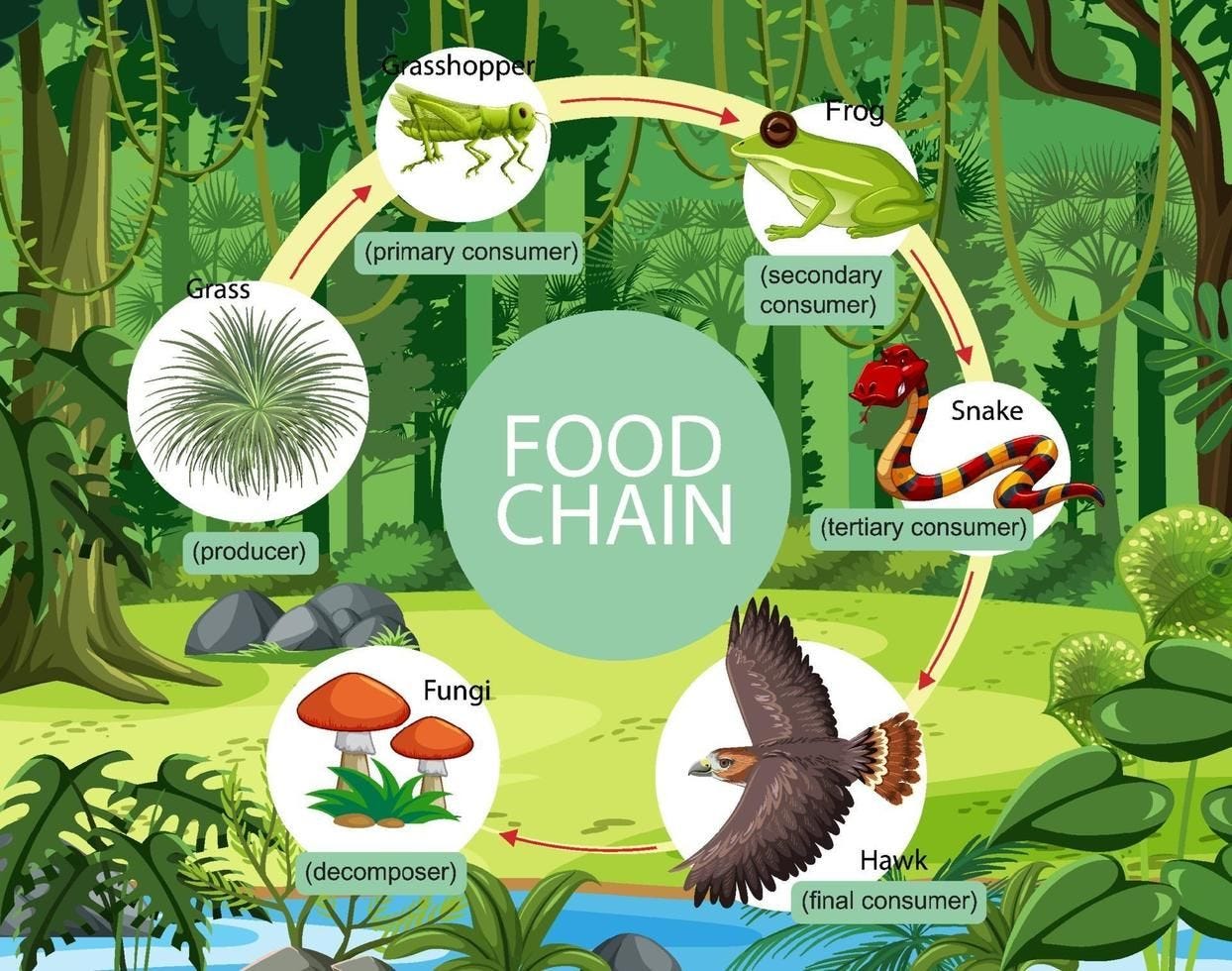

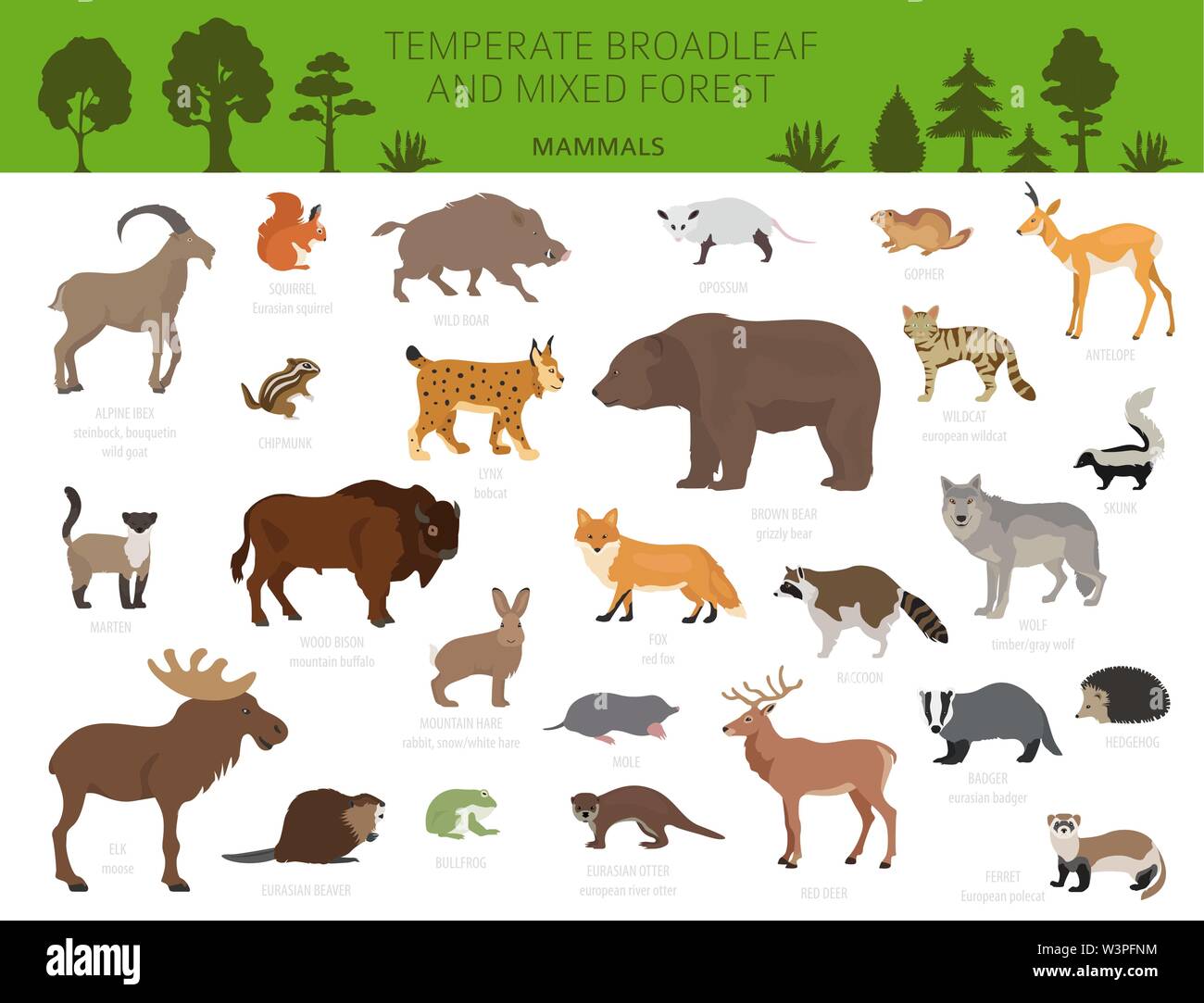
:max_bytes(150000):strip_icc()/489034241_5-56af62885f9b58b7d0183204.jpg)


